This was published 7 years ago
Visas for Australian travellers: What countries are the hardest to get into?
By Michael Gebicki
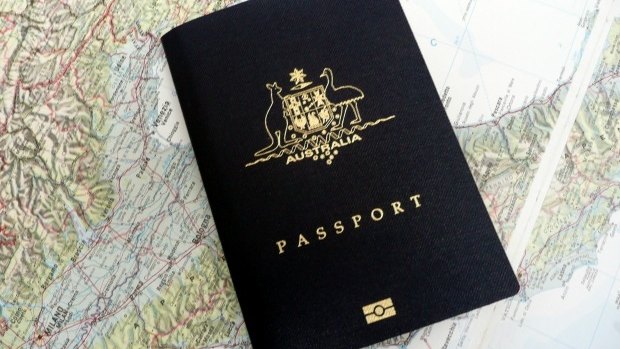
An Australian passport provides visa-free entry to 169 countries, but it's not so easy to access other nations.
If you want to skate around the world effortlessly, with the welcome mat laid out when you cross borders, what's the best passport to have?
According to the 2016 Visa Restrictions Index, it's German.
The index, compiled annually by London-based consulting firm Henley & Partners and the International Air Transport Association, ranks nations according to the ease with which their citizens can enter a foreign country without the need for a visa.
It's a close race. According to the index, Australian passport holders are granted visa-free entry to 169 countries. That's just eight less than the first-place German passport, yet that consigns us to eighth place.
We're pipped at the post by passport holders of 23 other nations, including the US, Britain, most countries of Western Europe, Singapore, South Korea and our trans-Tasman brethren.
That's no reason for the Aussie passport holder to feel deprived, but there are some countries that make it next to impossible to get in.
Nauru
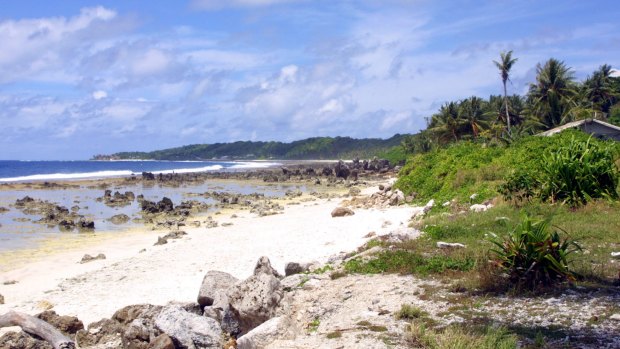
Credit: Michael Gordon
In February this year Nauru cancelled all visitor visas after it alleged an Australian media representative entered the country on a visitor's visa with nefarious intent. The only possible reason for a non-Nauruan to want to visit Nauru is to peer into the island's people-minding industry. That's not the image the government of Nauru wants to show the world unless it can shape the message, and so the door is bolted to casual visitors.
See also: The world's smallest countries (and why you should visit them)
Saudi Arabia
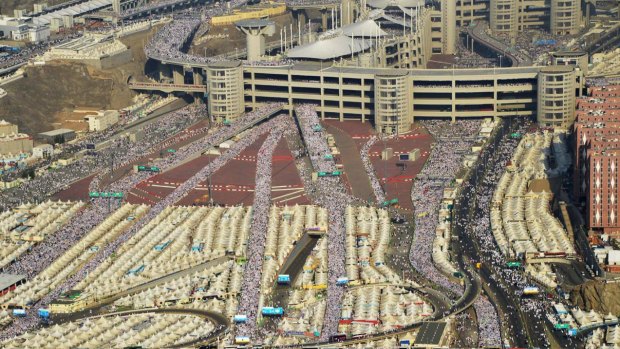
Hundreds of thousands of pilgrims at the Haj in Mecca in 2015.Credit: Saudi Press Agency
Soggy with oil money, Saudi Arabia makes it clear that it does not need leisure tourists, especially since it already gets an annual tsunami of Muslim pilgrims for the Haj. There is no such thing as a tourist visa for Saudi Arabia, the only way in for a non-Muslim is on a business visa. Male Muslims can apply for a Haj visa, valid for visiting Mecca and Medinah in the month of the Haj. Since there are more applicants than places available, these visas are allocated on a lottery, based on the Muslim population in the country of residence. The other alternative is an Umrah visa for Mecca and Medinah during the non-Haj period. Women are in a separate category. They must be accompanied by a Mohram, a close male family member. Unaccompanied women must be met at the airport by their sponsor or husband and have confirmed onward reservations as far as their final destination in Saudi Arabia. Women visiting for business purposes must be met and accompanied from the airport by male business partners.
Bhutan
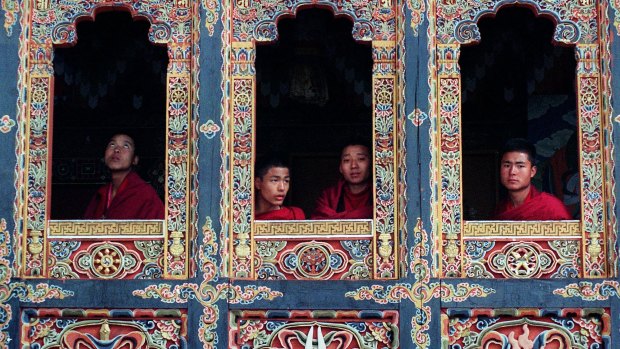
Credit: AP
Apart from Indian, Bangladeshi and Maldivian nationals all visitors need a visa, which requires booking your travels through a Bhutanese tour operator or one of their accredited international partners. That's the easy part, but the Government of Bhutan also requires visitors to sign on for the Minimum Daily Package – essentially all accommodation, meals and tour costs at 3-star level – for the duration of their visit. For anyone travelling in a group of three or more the fee is $US200-250 per day, depending on the season. Individual travellers pay $US40 per day more, couples $US30 more each. Fancier accommodation requires you to dig deeper into your pockets – but you'll still pay the Minimum Daily Package fee.
See: Bhutan - Asia's most exclusive destination
Turkmenistan
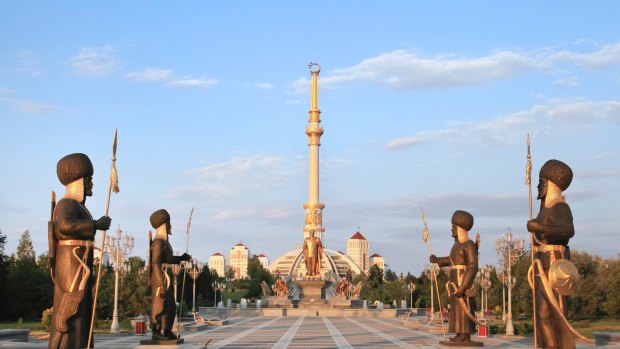
Credit: iStock
Another paranoid and wealthy dictatorship – the 5.2 million Turkmen sit on one of the world's largest reserves of natural gas – Turkmenistan does not exactly welcome foreigners with open arms. You need a letter of invitation, facilitated by a local tour operator, which requires booking a tour through an accredited travel agent. You'll be met at the airport by your tour operator and shepherded around the country by them, although you can wander at will and unescorted around the streets, around markets and when you dine at local restaurants.
See: Turkmenistan - The land that taste forgot
Gaza Strip
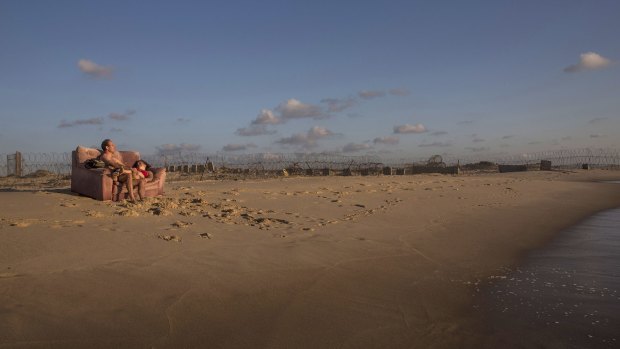
Credit: AP
A tourist visa for the troubled, seething 40-kilometre Gaza Strip does not exist and visitors need a good reason to enter, such as working under the auspices of a human rights organisation. Since there is no functioning airport visitors must enter the Gaza Strip by land at either Erez, which is in Israel and under strict control, or Rafah in Egypt, also under close supervision. Depending on which crossing they choose visitors need permission from either the Israeli or Egyptian governments to cross their respective borders into the Gaza Strip. Crossing from Egypt is easier but the Rafah crossing closes from time to time. Expect extensive security checks and long delays.
See also: Why you should visit Palestine
North Korea

Credit: AP
Another country where you need a full package of accommodation, meals and tours to obtain a visa, arranged through an accredited travel agent. Provided you allow at least two months for the visa application process, obtaining a visa is not difficult with an Aussie passport. North Korea needs the hard currency that tourism provides, and the country has set a target of 2 million visitors by 2020, which is ambitious since the current figure is about 100,000.
See: What it's really like to visit the world's most isolated country
To view the full 2016 Henley & Partners Visa Restriction Index, click here.
See also: The world's coolest passport ever?
See also: What are Australian travellers really like?
Sign up for the Traveller Deals newsletter
Get exclusive travel deals delivered straight to your inbox. Sign up now.